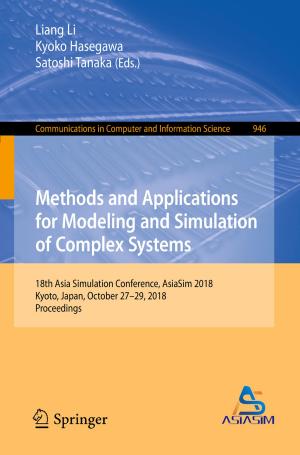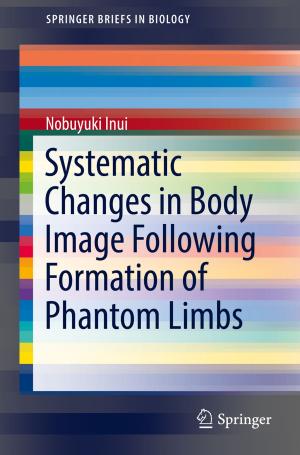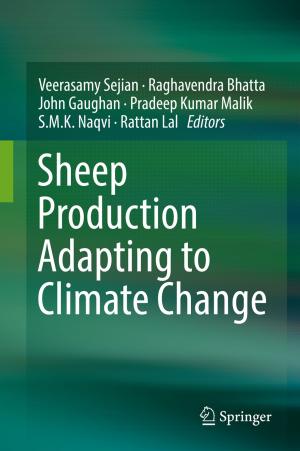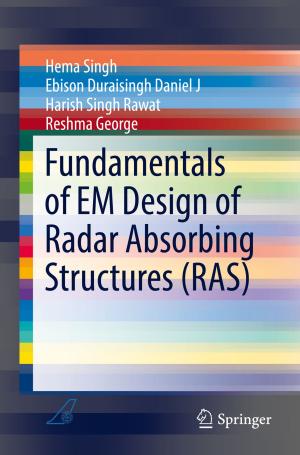Machining, Joining and Modifications of Advanced Materials
Nonfiction, Science & Nature, Science, Physics, Mechanics, Technology, Manufacturing| Author: | ISBN: | 9789811010828 | |
| Publisher: | Springer Singapore | Publication: | June 23, 2016 |
| Imprint: | Springer | Language: | English |
| Author: | |
| ISBN: | 9789811010828 |
| Publisher: | Springer Singapore |
| Publication: | June 23, 2016 |
| Imprint: | Springer |
| Language: | English |
This book presents the latest advances in mechanical and materials engineering applied to the machining, joining and modification of modern engineering materials. The contributions cover the classical fields of casting, forming and injection moulding as representative manufacturing methods, whereas additive manufacturing methods (rapid prototyping and laser sintering) are treated as more innovative and recent technologies that are paving the way for the manufacturing of shapes and features that traditional methods are unable to deliver. The book also explores water jet cutting as an innovative cutting technology that avoids the heat build-up typical of classical mechanical cutting. It introduces readers to laser cutting as an alternative technology for the separation of materials, and to classical bonding and friction stir welding approaches in the context of joining technologies. In many cases, forming and machining technologies require additional post-treatment to achieve the required level of surface quality or to furnish a protective layer. Accordingly, sections on laser treatment, shot peening and the production of protective layers round out the book’s coverage.
This book presents the latest advances in mechanical and materials engineering applied to the machining, joining and modification of modern engineering materials. The contributions cover the classical fields of casting, forming and injection moulding as representative manufacturing methods, whereas additive manufacturing methods (rapid prototyping and laser sintering) are treated as more innovative and recent technologies that are paving the way for the manufacturing of shapes and features that traditional methods are unable to deliver. The book also explores water jet cutting as an innovative cutting technology that avoids the heat build-up typical of classical mechanical cutting. It introduces readers to laser cutting as an alternative technology for the separation of materials, and to classical bonding and friction stir welding approaches in the context of joining technologies. In many cases, forming and machining technologies require additional post-treatment to achieve the required level of surface quality or to furnish a protective layer. Accordingly, sections on laser treatment, shot peening and the production of protective layers round out the book’s coverage.















